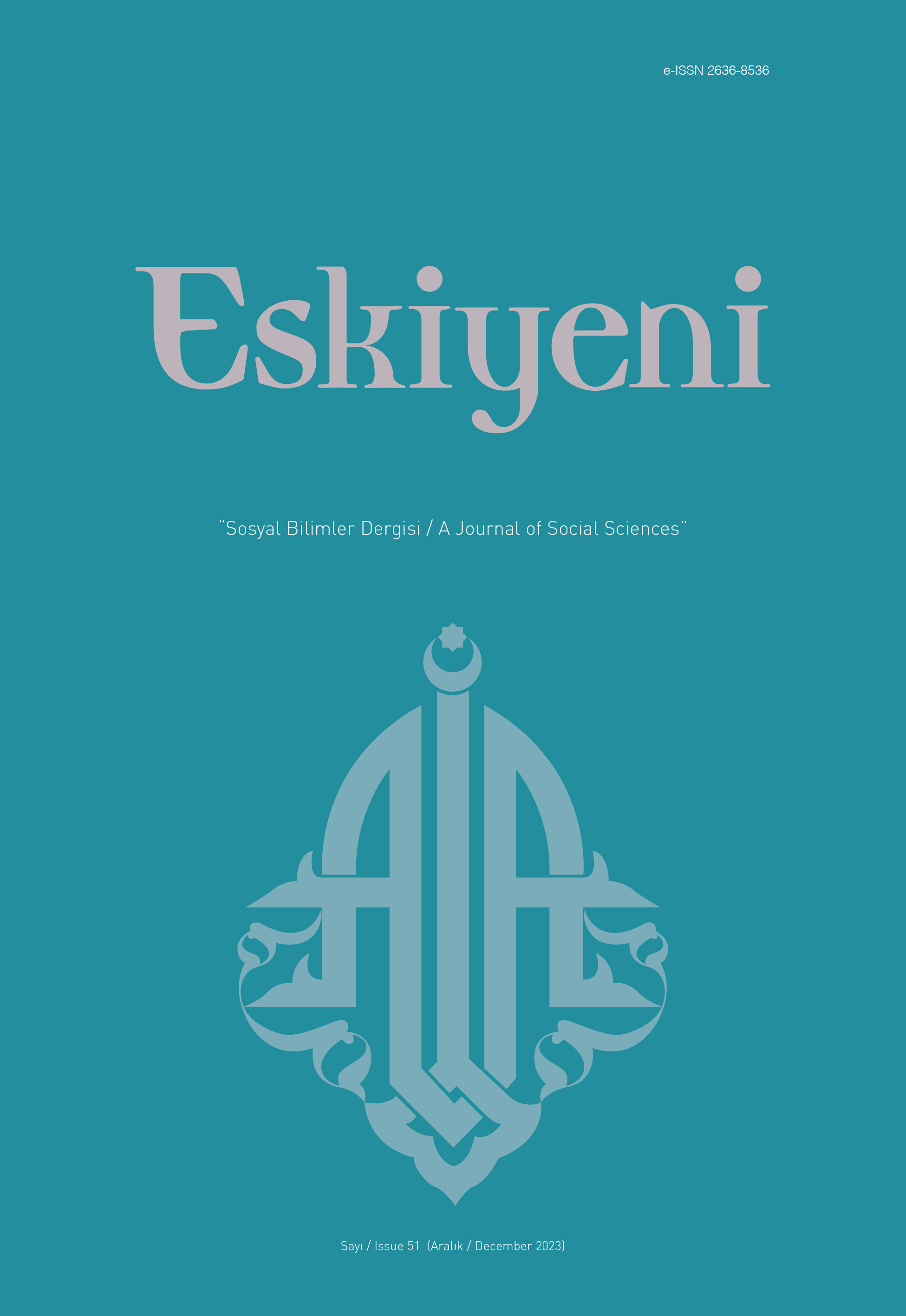The Approach of Kalām to the Physical Universe: Schools and Breaks
The Approach of Kalām to the Physical Universe: Schools and Breaks
Author(s): Yunus CengizSubject(s): School education, Sociology of Education
Published by: Anadolu İlahiyat Akademisi
Keywords: Kalām; Atomism; Impetus (Iʿtimād); Theory of Four Causes; Complete Cause;
Summary/Abstract: Since the end of the eighth century, Muslim theologians (mutakallimūn) have been more interested in the physical universe and have put forward theories on subjects such as matter, motion, stasis, and change that were not on their agenda before. As the approaches to physics of Kalām schools are different from each other, the way of thinking about physics in different periods is also different. This study aims to determine the approaches of Muslim theologians to the physical universe. In this context, it can be said that Muslim theologians have five different approaches. The first of these is the supporters of accidents. This approach, which argues that the universe consists of accidents, suggests that it is the work of our minds to see objects as integrated structures. The second is naturalist theologians such as al-Naẓẓām, al-Jāḥiẓ, and Thumâma. Their common feature is that they accept the nature of objects. According to this approach, objects must behave according to their nature without needing any other intervention. al-Naẓẓām developed a theory suitable for this approach and tried to support it with experience. al-Naẓẓām, who rejects atomism, insists that objects are composed of opposite components and that they have an internal dynamism that allows them to be in constant motion. al-Jāhiz, on the other hand, did many experiments to learn the nature and movements of animals. The third approach to the physics of Kalām is atomist theologians. Atomism is the most common physics approach in Kalām. According to this approach, objects are not divided infinitely. The universe is made up of indivisible particles. This approach insists that there are voids between atoms. Atomist theologians, who give some examples to defend their ideas, do not accept that objects have nature. Instead, they developed the theory of impetus (iʿtimād) to explain motion. The fourth approach is both atomists and naturalist theologians. This approach, led by Abū al-Qāsim al-Kaʿbī, argues that the universe consists of atoms and that every object has a nature. This approach says there is no void in the universe and tries to prove this idea by explaining many phenomena. The fifth approach is taken by theologians who evaluate the physical universe with Aristotle’s theory of four causes. After al-Ghazzālī, Ashʿarī theologians tried to harmonize Aristotle’s theory of four causes, which formed the basis of his physics, with their theological theses. The article discusses what methods are followed to achieve this.
Journal: Eskiyeni
- Issue Year: 51/2023
- Issue No: 51
- Page Range: 1023-1044
- Page Count: 22
- Language: English

